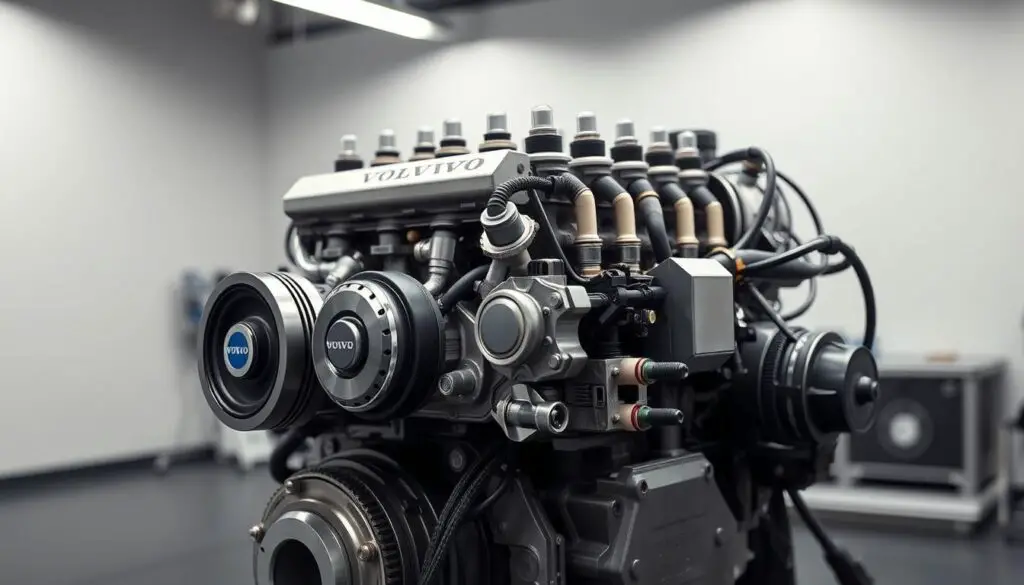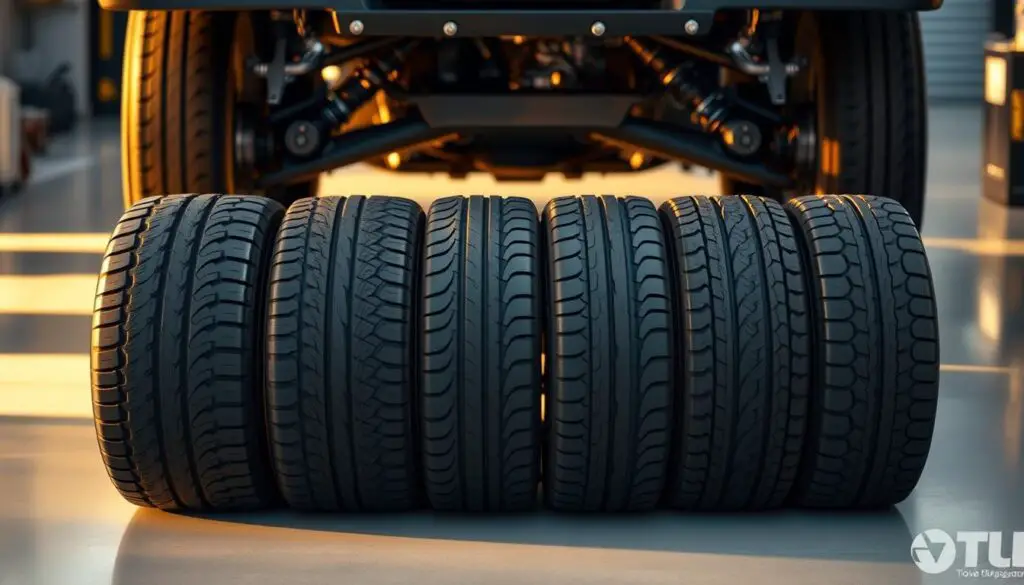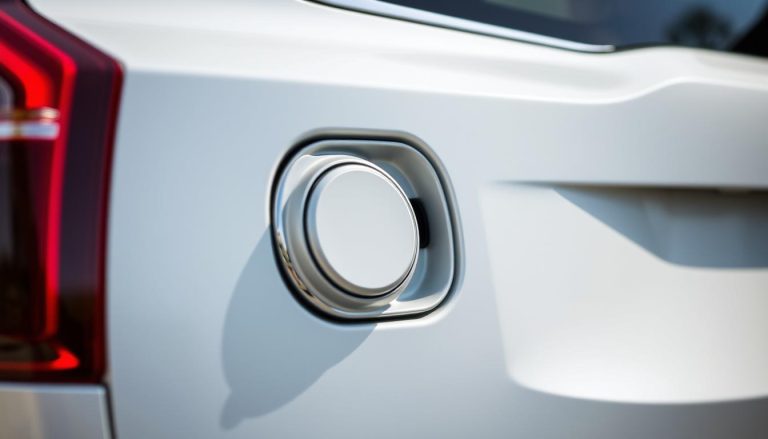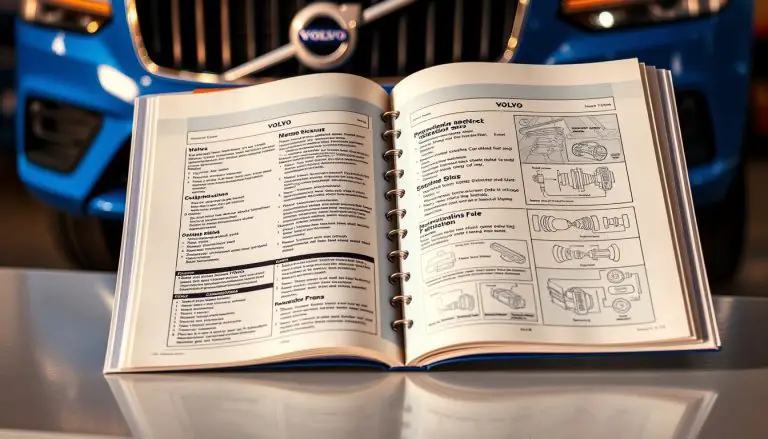Regular maintenance is crucial for ensuring your Volvo runs at its best. By following a scheduled maintenance plan, you can prevent potential issues, reduce repair costs, and maintain your vehicle’s overall performance.
For Volvo owners, adhering to a maintenance schedule is vital. This not only enhances the vehicle’s performance but also prolongs its longevity. You can find more detailed information on maintaining your Volvo by visiting our blog post on tips to keep your Volvo running.
Key Takeaways
- Regular oil changes every 3,000 to 5,000 miles
- Check essential fluids: coolant, brake fluid, transmission fluid, and power steering fluid
- Tire maintenance: check pressure, tread depth, and rotate tires
- Inspect brake components: brake pads and rotors
- Replace or clean the air filter as recommended
Understanding Your Volvo’s Maintenance Schedule
Understanding and following your Volvo’s maintenance schedule is vital for ensuring its durability and efficiency. Regular maintenance is not just about keeping your vehicle running; it’s about ensuring your safety on the road and the longevity of your car’s components.
Importance of Regular Maintenance
Regular maintenance is the backbone of keeping your Volvo in peak condition. It involves a series of checks and services designed to prevent potential issues before they become major problems. By staying on top of maintenance, you can avoid costly repairs down the line and ensure your Volvo continues to perform at its best.
Key benefits of regular maintenance include:
- Enhanced safety through the inspection of critical systems like brakes and suspension
- Improved fuel efficiency due to properly maintained engine components
- Reduced risk of breakdowns by identifying and addressing potential issues early
Recommended Service Intervals
Volvo recommends specific service intervals based on mileage and time. Typically, your Volvo will require service every 5,000 to 7,500 miles, but this can vary depending on the model and year of your vehicle, as well as your driving conditions. It’s crucial to consult your owner’s manual or speak with a Volvo dealership to understand the recommended service schedule for your particular vehicle.
Some factors that can affect service intervals include:
- Driving in extreme temperatures or conditions
- Towing a trailer or carrying heavy loads
- Frequent short trips that can affect engine performance
Common Maintenance Tasks
Common maintenance tasks for your Volvo may include oil changes, tire rotations, brake pad replacements, and fluid checks. These tasks are fundamental to maintaining your vehicle’s health and ensuring it runs smoothly. Additionally, modern Volvos often require software updates to keep their systems optimized and running efficiently.
To keep your Volvo in optimal condition, be sure to:
- Regularly check and maintain the recommended fluid levels
- Monitor tire pressure and tread depth
- Address any unusual noises or performance issues promptly
Engine Care for Longevity
Engine care is a vital aspect of Volvo maintenance that directly impacts the vehicle’s longevity. A well-maintained engine not only ensures optimal performance but also contributes to the overall health of your vehicle.
Checking Engine Oil Levels
One of the simplest yet most critical engine care tasks is checking the engine oil levels regularly. Engine oil lubricates the moving parts of your engine, prevents overheating, and removes contaminants. To check the oil level, ensure your Volvo is parked on a level surface, and the engine is turned off. Locate the oil dipstick, pull it out, and wipe it clean before inserting it back into the oil reservoir and pulling it out again. The dipstick will now have oil on it, indicating the current oil level. If the level is below the minimum mark, you’ll need to add the appropriate type of oil.
Tips for Checking Engine Oil:
- Check the oil level regularly, ideally when the engine is cold.
- Use the correct type of oil as specified in your Volvo’s owner’s manual.
- Be aware of any signs of oil leakage or contamination.

Importance of Timing Belt Replacement
The timing belt plays a crucial role in your Volvo’s engine, synchronizing the rotation of the crankshaft and camshaft. Over time, the timing belt can wear out, and if it fails, it can cause significant damage to your engine, potentially leading to costly repairs. Volvo provides recommended intervals for timing belt replacement in your owner’s manual, and adhering to these guidelines is essential for preventing engine damage.
Key reasons for timely timing belt replacement include:
- Prevents engine damage from belt failure.
- Maintains optimal engine performance.
- Avoids costly repairs down the line.
By following these expert Volvo maintenance guidance tips, you can ensure your vehicle remains in top condition, providing you with years of reliable service.
Tires and Suspension Health
Maintaining your Volvo’s tires and suspension is crucial for optimal performance and safety. A well-maintained tire and suspension system can significantly enhance your vehicle’s handling, reduce the risk of tire failure, and improve overall driving comfort.
Tire Rotation and Alignment
Regular tire rotation and alignment are essential for preventing uneven tire wear. Uneven wear can lead to reduced traction, compromised handling, and increased risk of tire failure. It’s recommended to rotate your tires every 5,000 to 8,000 miles. Proper alignment ensures that your tires wear evenly and that your vehicle handles correctly. Misalignment can cause your vehicle to pull to one side, leading to uneven tire wear and potentially affecting your vehicle’s overall performance.
For more detailed information on maintaining your Volvo, you can check out this article on whether Volvos are expensive to maintain. This resource provides valuable insights into the overall maintenance costs and tips for keeping your Volvo in top condition.

Signs of Worn Suspension Components
Worn suspension components can significantly impact your Volvo’s handling and safety. Common signs of worn suspension include:
- Excessive bouncing or swaying
- Uneven tire wear
- Drifting or pulling to one side while driving
- Clunking or rattling noises when driving over bumps
If you notice any of these signs, it’s essential to have your suspension inspected by a professional mechanic. Addressing worn suspension components promptly can prevent further damage and ensure your vehicle remains safe to drive.
Importance of Proper Tire Pressure
Maintaining the correct tire pressure is vital for your Volvo’s performance, safety, and fuel efficiency. Underinflated tires can lead to increased fuel consumption, reduced handling, and increased risk of tire failure. Overinflated tires can cause reduced traction and increased wear on the tire’s center. Check your owner’s manual for the recommended tire pressure, and ensure you check it regularly, as tire pressure can change with temperature fluctuations.
“Proper tire pressure is crucial for safety, fuel efficiency, and overall vehicle performance.”
By following these top tips for Volvo maintenance, you can ensure your vehicle remains in optimal condition, providing a safe and enjoyable driving experience.
Brake System Maintenance
Ensuring your Volvo’s brake system is well-maintained is vital for preventing accidents and maintaining vehicle performance. A properly functioning brake system is essential for safety on the road.
Signs Your Brakes Need Attention
Recognizing the signs that your brakes need attention can help prevent more severe problems. Some common indicators include:
- Unusual noises when applying the brakes, such as grinding or squealing sounds
- Vibrations or pulsations felt through the brake pedal
- A soft or spongy brake pedal
- Warning lights on your dashboard indicating brake issues
If you notice any of these signs, it’s crucial to have your brakes inspected by a professional.
Regular Brake Fluid Checks
Regular brake fluid checks are essential for ensuring your brakes function properly. Brake fluid plays a critical role in the braking system, and low levels or contaminated fluid can lead to brake failure.
To check your brake fluid:
- Locate the brake fluid reservoir under the hood of your Volvo
- Check the fluid level against the minimum and maximum marks on the reservoir
- Inspect the fluid for any signs of contamination or degradation
If you’re unsure about how to check your brake fluid or if you notice any issues, consult your owner’s manual or visit a certified Volvo service center.
By staying on top of brake system maintenance, you can ensure your Volvo remains safe and performs optimally. Regular checks and maintenance can help prevent costly repairs down the line.
Electrical System Insights
The electrical system is a critical component of your Volvo, requiring regular maintenance to ensure optimal performance. A well-functioning electrical system is essential for the overall health of your vehicle, impacting everything from the engine to the infotainment system.
Battery Maintenance Tips
Proper battery maintenance is vital to prevent starting issues and ensure that your Volvo’s electrical system operates smoothly. To keep your battery in good condition, regularly check the terminals for corrosion and ensure they are clean. Additionally, make sure the battery is fully charged, as a weak battery can cause a range of problems, including dimming lights and slow engine crank.
Tips for battery maintenance:
- Check battery terminals for corrosion
- Keep the battery fully charged
- Monitor battery age and condition
Importance of Regular Software Updates
Regular software updates are crucial for maintaining your Volvo’s performance and safety. These updates can improve the vehicle’s functionality, enhance safety features, and ensure that your Volvo’s systems are running with the latest enhancements. By keeping your software up to date, you can enjoy a smoother driving experience and benefit from the latest technological advancements.
By following these expert Volvo maintenance guidance tips, you can keep your vehicle in peak condition and ensure that its electrical system operates at its best.
Interior and Exterior Upkeep
Maintaining the interior and exterior of your Volvo is crucial for its overall condition and longevity. Regular upkeep not only keeps your vehicle looking its best but also helps prevent damage from environmental factors.
Protecting Your Vehicle’s Finish
Cleaning and protecting your Volvo’s finish is essential. Regular washing and waxing can help shield the paint from harmful UV rays and contaminants. For optimal results, consider using a high-quality car care product specifically designed for Volvo vehicles, following the volvo car care advice for the best techniques.
Inspecting Interior Features
Regularly inspecting your Volvo’s interior features can help identify and address any issues before they become significant problems. Check for signs of wear on the seats, carpets, and dashboard, and ensure all electronic systems are functioning properly. Refer to your volvo maintenance checklist to stay on track with these inspections.
By following these tips and staying committed to regular maintenance, you can enjoy a well-maintained Volvo that continues to perform at its best.
FAQ
How often should I check my Volvo’s engine oil levels?
It’s recommended to check your Volvo’s engine oil levels every time you fill up with gas or at least once a month to ensure optimal engine performance and longevity.
What are the signs that my Volvo’s brakes need attention?
Signs that your Volvo’s brakes need attention include unusual noises, vibrations when braking, or a soft brake pedal. If you notice any of these symptoms, have your brakes inspected by a professional.
How often should I rotate my Volvo’s tires?
Tire rotation should be performed every 5,000 to 8,000 miles, or as recommended by your Volvo’s maintenance schedule, to ensure even tread wear and prolong tire life.
Why is regular software updates important for my Volvo?
Regular software updates are crucial for maintaining your Volvo’s performance, enhancing safety features, and ensuring that your vehicle’s systems are running with the latest improvements.
What is the recommended interval for timing belt replacement in my Volvo?
The recommended interval for timing belt replacement varies by model, but it’s typically between 80,000 to 100,000 miles. Consult your owner’s manual or a Volvo dealership for specific guidance.
How can I protect my Volvo’s exterior finish?
Regular washing, waxing, and avoiding exposure to harsh environmental conditions can help protect your Volvo’s exterior finish. Consider using a paint protection film for added protection.
What are the benefits of following a Volvo maintenance schedule?
Following a Volvo maintenance schedule can help prevent potential issues, reduce repair costs, and maintain your vehicle’s overall performance, ensuring it runs at its best.
How often should I inspect my Volvo’s interior features?
Regularly inspect your Volvo’s interior features, such as the seats, dashboard, and electronics, to identify any issues or wear and tear, and address them promptly to maintain your vehicle’s overall condition.


